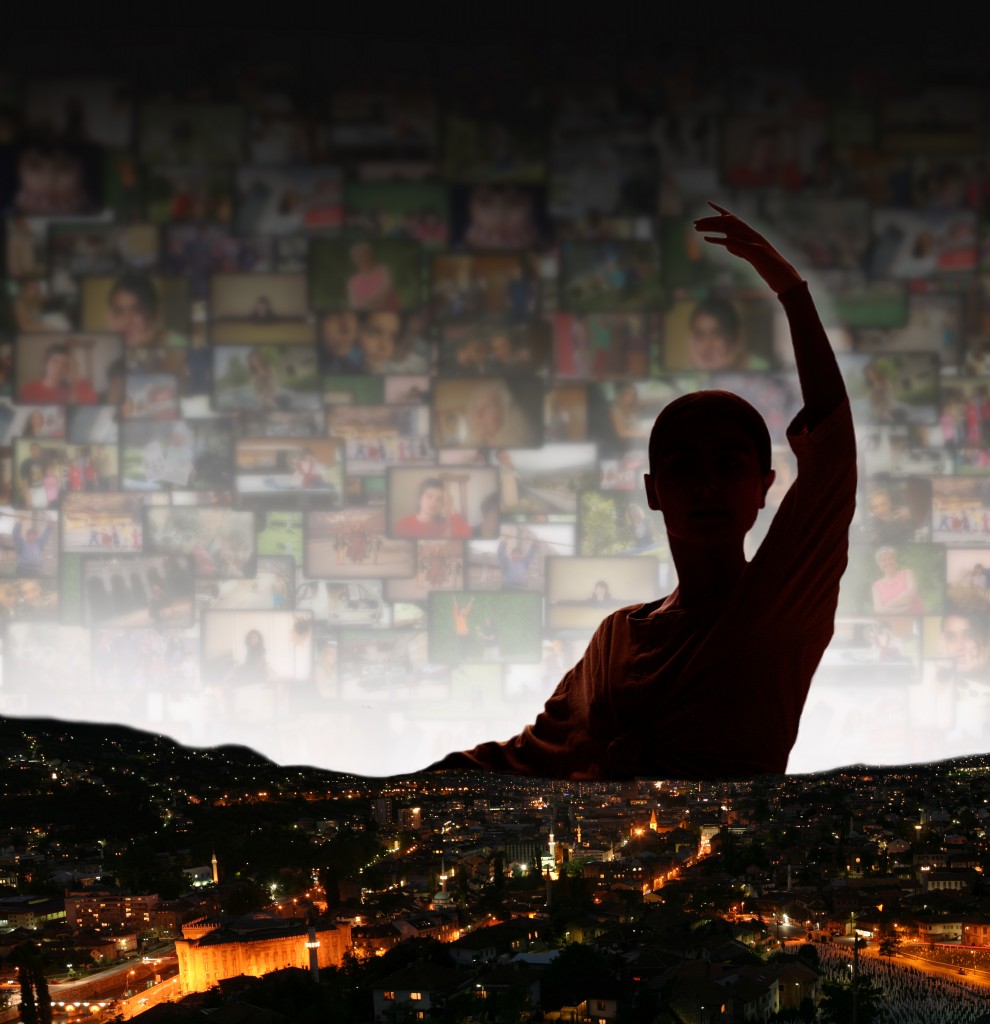Preface
There have been war photographers who have spent their lives seeking out unique mo- ments in history that are made to summarize a whole conflict. You immediately think of those legendary photographs such as Capa’s of the fallen Spanish Republican soldier, the one by Yevgeni Khaldei of the Soviet military wrenching off the Nazi flag from the Rei- chstag or Tan-Bang’s nov-legendary picture of the little girl screaming with fear after her village in North Vietnam has been doused with napalm. These remain unforgettable pho- tographic experiences, even when you later find out that some have been reworked. Agostino Pacciani does the exact opposite.

He has certainly produced memorable, in- deed iconic photographs, which express the whole gamut of human expressions in fre- quently desperate situations. That’s what his work is all about be it in Bosnia or refugee camps in Pakistan, Kosovo or East Africa. Ago is a storyteller. Every photograph reads like a novel about the fate of the persons he represents, thrust in the midst of a war or some disaster. What he depicts is how his characters strive to preserve a scrap of humanity in impossible circumstances. With dignity that is reflected in the respect he always shows his sitters. Unlike so many photojournalists, he never seeks sensationalism, never reduces his subjects to being pathetically photogenic victims These images are hardly silent: you can almost hear the conversation going on between sitter and photographer. There is always an exchange between them, and Ago captures everything that is being said through sighs, laughter and the empty spaces between. Ago listens with his eye, his lens, time is on his side, he’s never in a hurry. In his work on Bosnia, he returns to the themes worked on during the siege, documents how those who have become his friends have evolved across time.
Carol Mann


